The Bird of Paradise flower, scientifically known as Strelitzia reginae, is one of the most captivating and exotic flowers in the world. Recognized for its vibrant colors and unique shape resembling a tropical bird in flight, this flower is not just a beautiful ornamental plant but also a symbol of joy, freedom, and the exotic allure of far-off lands. Native to the subtropical regions of South Africa, the Bird of Paradise has a rich history that spans continents and centuries, evolving from a wild plant in the African wilderness to a beloved icon of elegance and beauty worldwide.
Origins and Early Discovery
The Bird of Paradise flower originates from South Africa, particularly from the coastal regions of the Eastern Cape, where it thrives in warm, humid climates. It grows naturally along riverbanks, on hillsides, and in forested areas, benefiting from the region’s ample rainfall and sunshine. The plant was first collected and recorded in the wild by European explorers during the 18th century, at a time when botanists and naturalists were fervently cataloging the flora and fauna of distant lands.
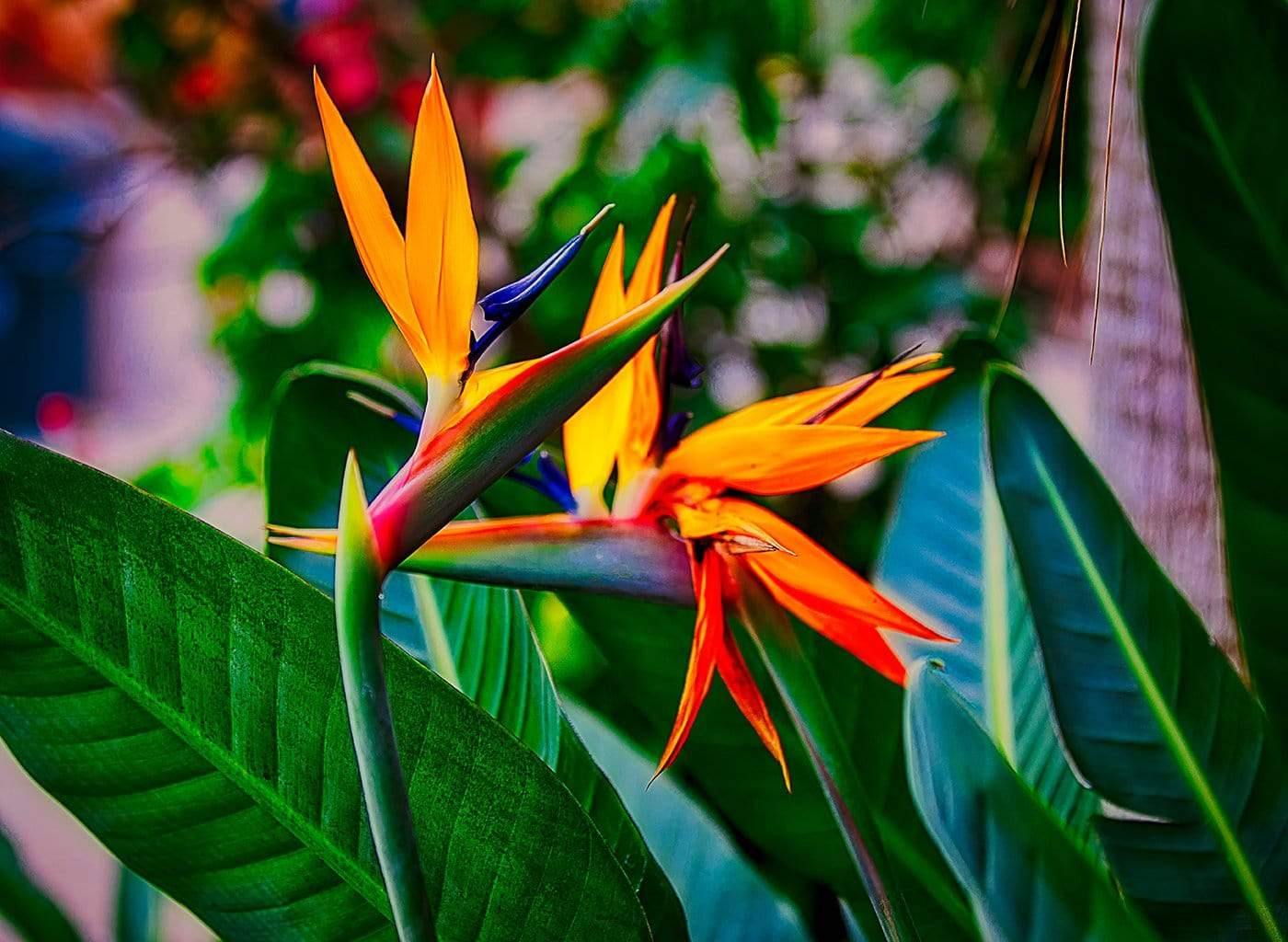
In 1773, Sir Joseph Banks, a prominent British botanist and advisor to King George III, introduced the Bird of Paradise to Europe. Banks was instrumental in bringing many exotic species to England, particularly those discovered during Captain James Cook’s voyages. When he presented this unique flower to the Royal Botanic Gardens at Kew, it quickly became a sensation. The plant was formally named Strelitzia reginae in honor of Queen Charlotte of Mecklenburg-Strelitz, the wife of King George III, who was an avid plant enthusiast and supporter of the arts and sciences.
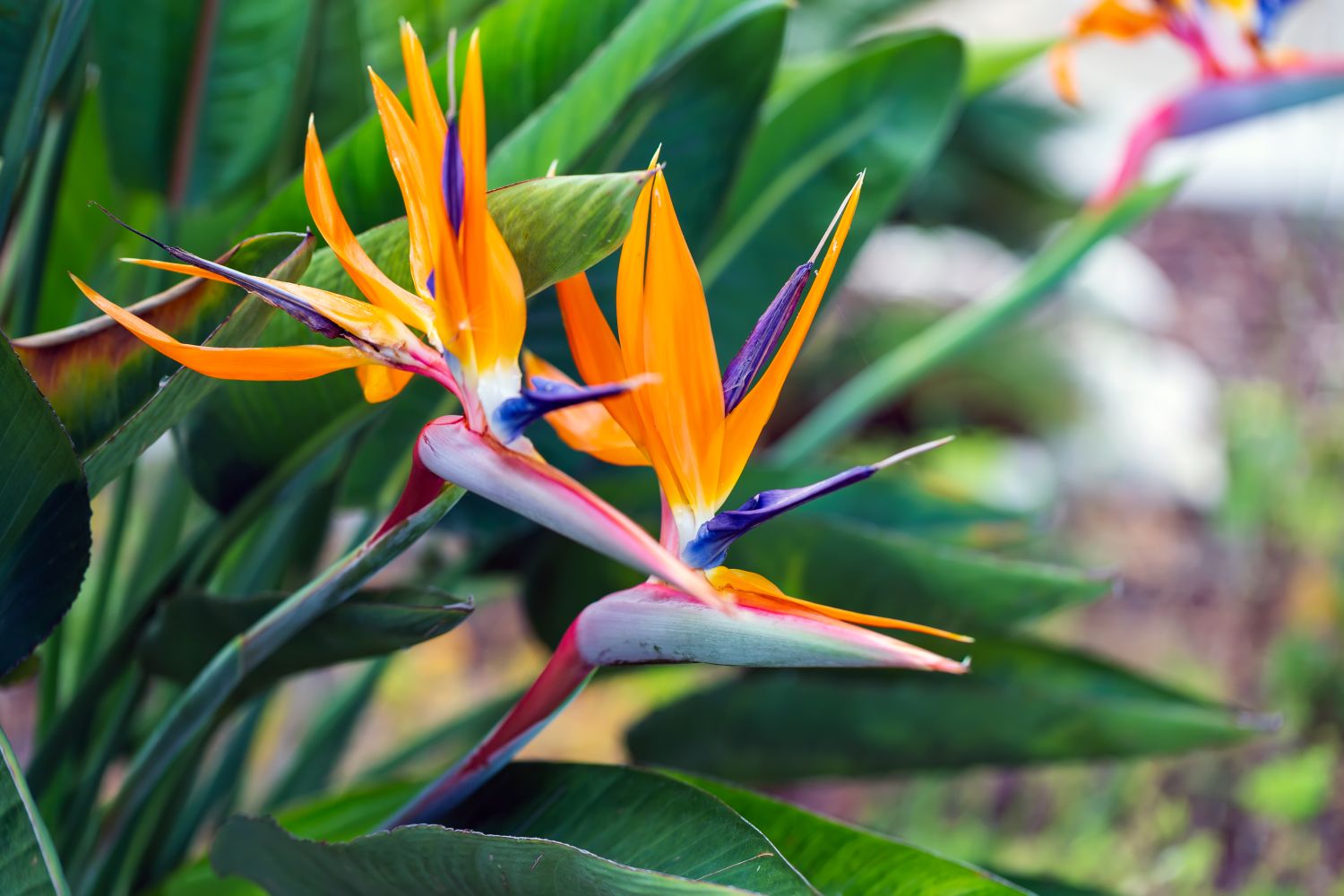
Symbolism and Cultural Importance
From the moment of its discovery, the Bird of Paradise flower has been associated with powerful symbolism and cultural significance. In its native South Africa, it is seen as a symbol of paradise, freedom, and the vibrant spirit of the natural world. The flower’s dramatic shape and brilliant orange and blue hues make it a representation of the exotic, often evoking feelings of joy and celebration.
The Bird of Paradise also symbolizes royalty and majesty, in part due to its regal appearance and its association with Queen Charlotte. In Victorian England, it became popular in the ornate gardens of the aristocracy, where it was admired not only for its beauty but also as a symbol of wealth and status.
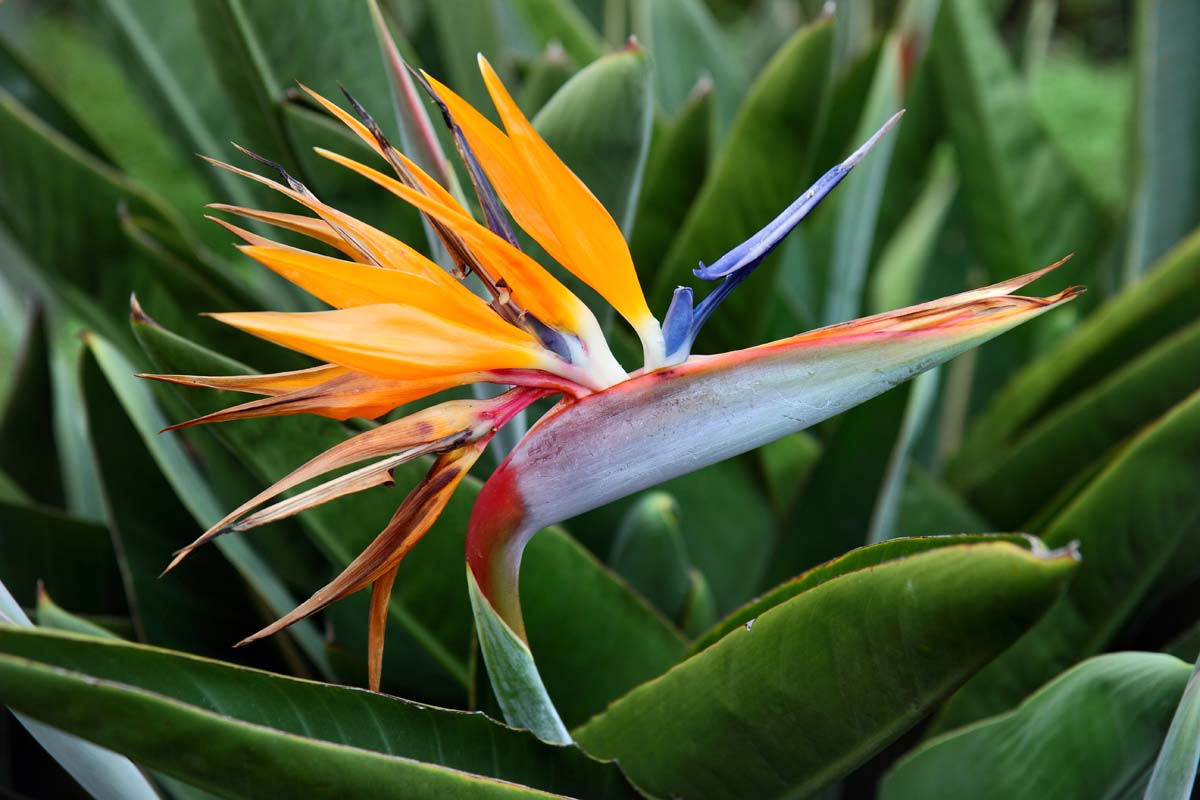
Beyond South Africa and Europe, the Bird of Paradise has taken on new meanings in various cultures. In Hawaii, for instance, the flower is a symbol of magnificence and is often used in leis and decorations for special ceremonies. In the United States, particularly in Southern California, where the flower grows abundantly, it has been adopted as the official flower of Los Angeles, symbolizing the city’s sunny, vibrant, and dynamic culture.
Global Spread and Horticultural Significance
After its introduction to Europe, the Bird of Paradise spread rapidly across the globe, becoming a favorite in gardens, parks, and floral designs. Its exotic appearance made it highly sought after, and botanists began cultivating it in other regions with suitable climates, including Australia, New Zealand, and the warmer parts of Asia and the Americas.

In California, the Bird of Paradise flourishes in the Mediterranean-like climate, where it is commonly seen in public and private gardens, enhancing landscapes with its bold, dramatic flowers. It is also popular in the horticultural trade, as it can be grown indoors as a potted plant, providing a touch of the tropics even in cooler climates.
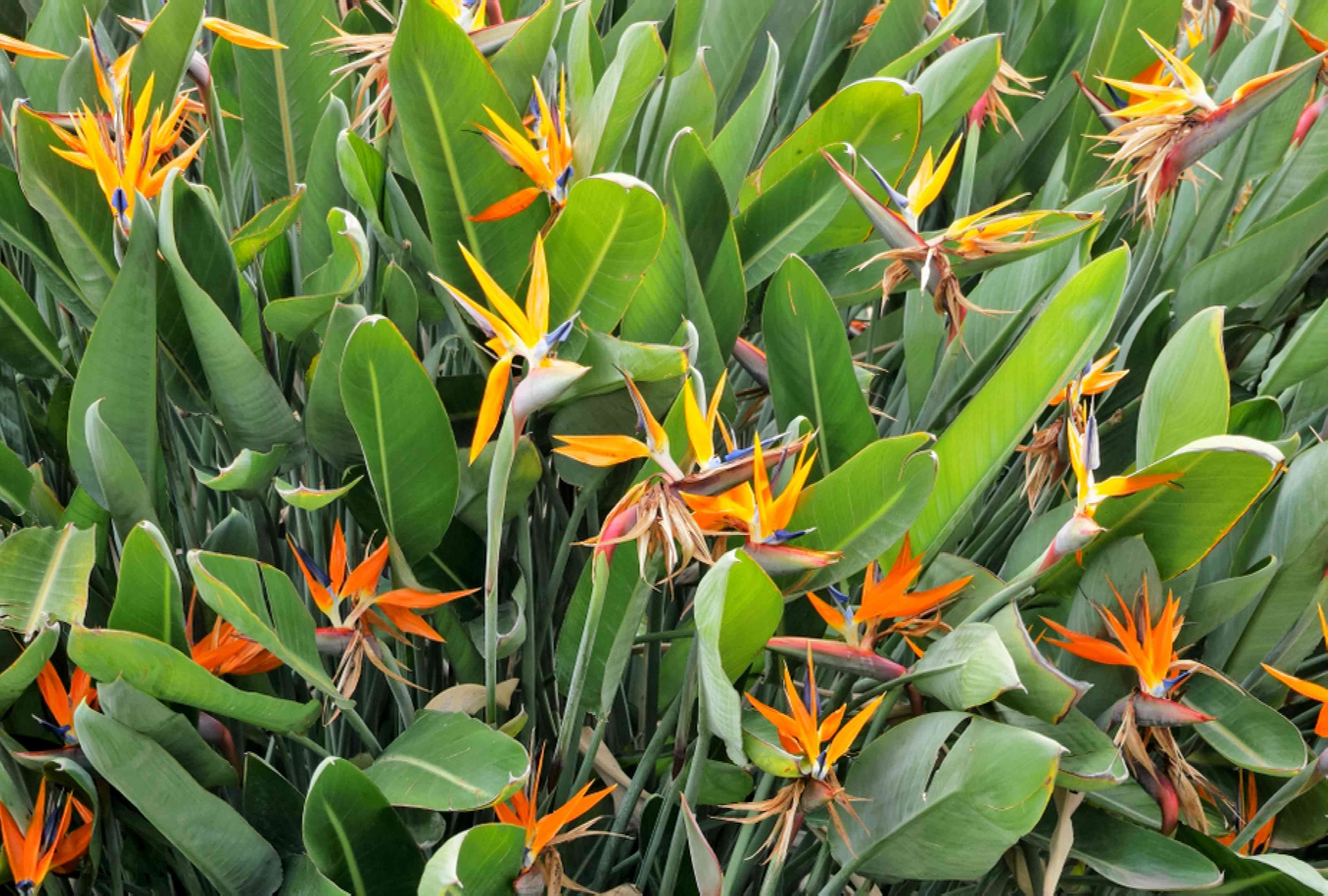
In modern horticulture, the Bird of Paradise continues to be a significant plant due to its striking aesthetics and relatively easy maintenance. Gardeners and plant enthusiasts prize it for its long-lasting blooms and its ability to thrive with minimal care. The plant’s resilience, combined with its spectacular appearance, has ensured its place as one of the world’s most beloved ornamental plants.
The Flower’s Role in Art and Design
The Bird of Paradise flower has also made a considerable impact on art, fashion, and design. Its striking shape and colors have inspired artists, designers, and architects who often incorporate its bold, structural form into their works. The flower’s influence is seen in everything from textiles and jewelry to modern architecture, where its organic curves and vibrant hues serve as a source of creative inspiration.
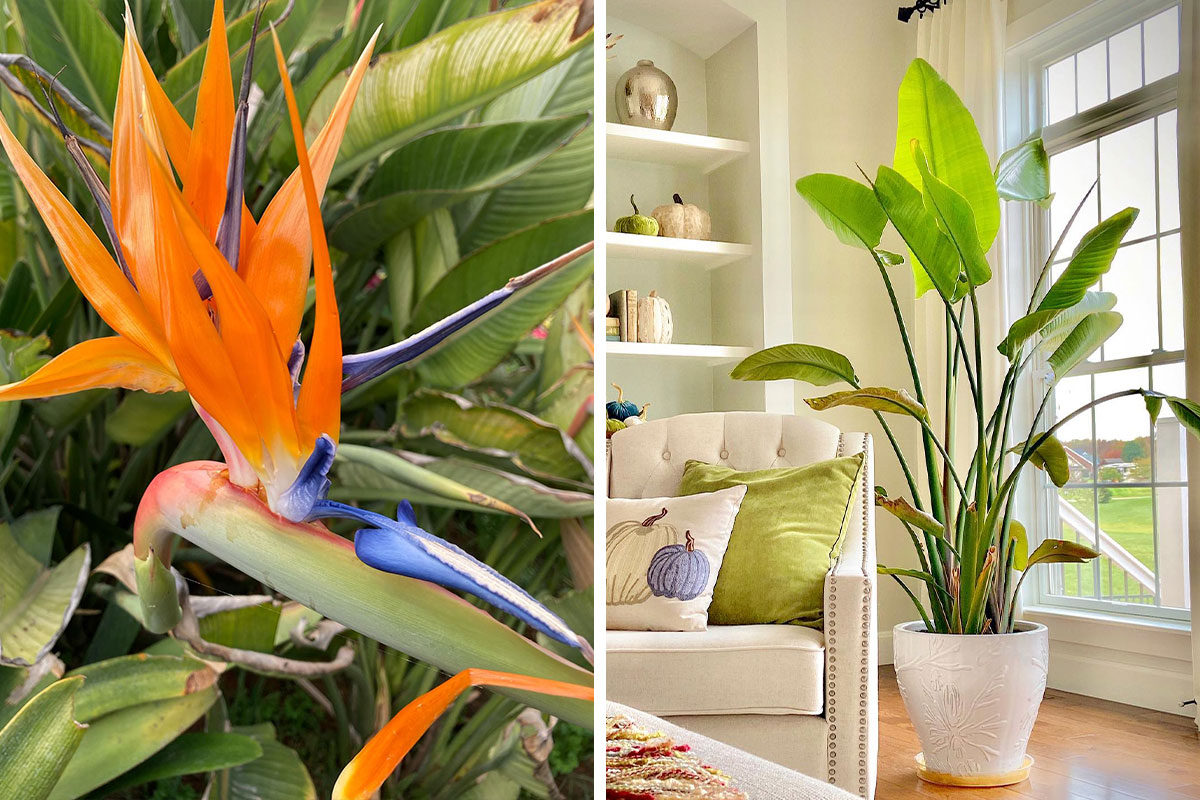
In contemporary design, the Bird of Paradise symbolizes a connection to nature and the tropics, often used to evoke a sense of escape and luxury. It is a popular motif in tropical-themed art, décor, and fashion, embodying the allure of paradise.
Conclusion
The Bird of Paradise flower’s journey from the wild landscapes of South Africa to the gardens and homes of people around the world is a testament to its enduring beauty and cultural significance. Its exotic appearance and symbolic associations have made it more than just a flower; it is a representation of freedom, joy, and the splendor of the natural world. Today, the Bird of Paradise continues to be celebrated for its unique charm and has firmly established itself as one of the most iconic and cherished flowers globally. Whether gracing a garden, a bouquet, or an artwork, this magnificent flower remains a vivid reminder of the world’s natural wonders.
